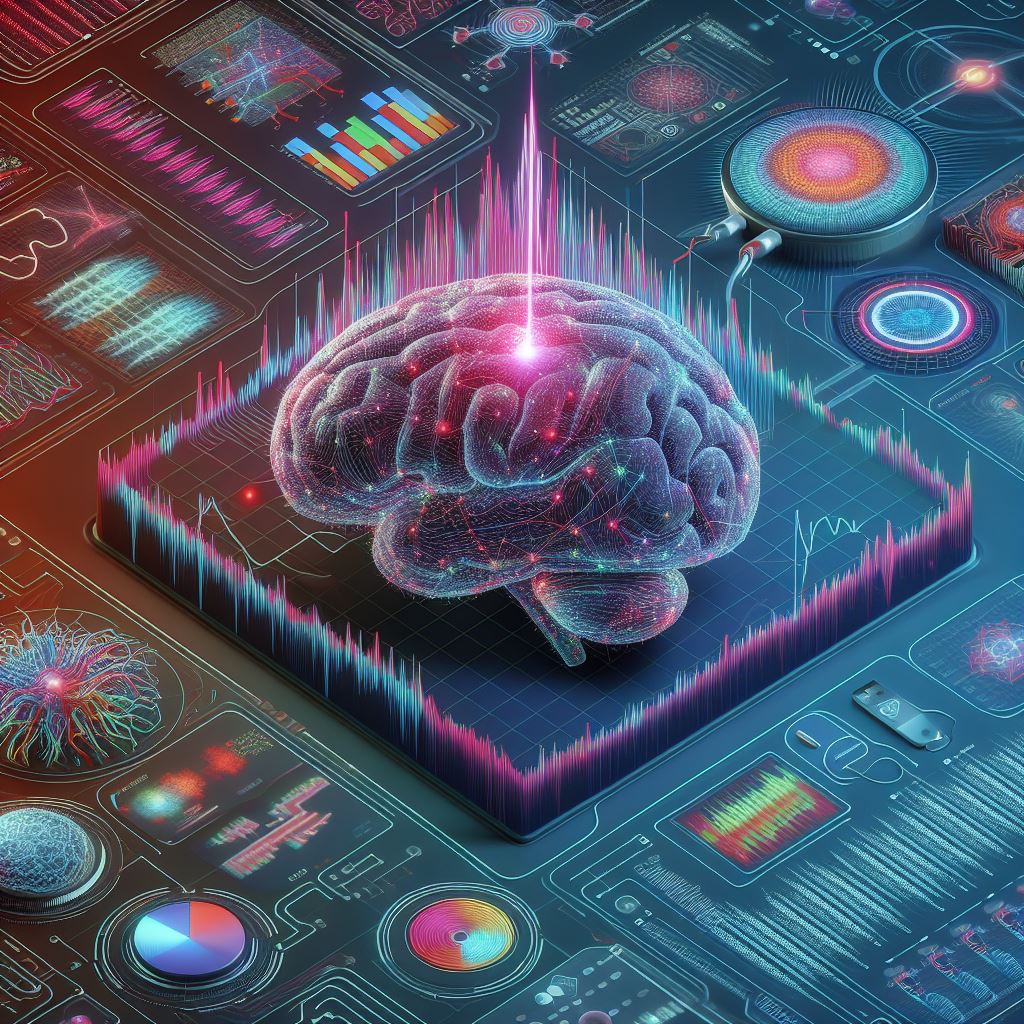
Introduction
Epilepsy, a neurological disorder characterised by recurrent seizures, affects millions of people worldwide. The ability to accurately detect and predict seizures is crucial for effective management and treatment of this condition. In recent years, artificial intelligence (AI) and machine learning have emerged as powerful tools in the field of epilepsy research, offering new insights and possibilities for improving patient outcomes. AI intervention in epilepsy diagnosis and treatment remain a sought after matter of investigation.
Examining Epileptic Brain States
Epileptic brain dynamics can be divided into four states: inter-ictal(period between seizures, i.e., a normal state of patients), pre-ictal (period immediately before the seizure onset), ictal (period during seizure), and post-ictal (period immediately after the seizure). Understanding the characteristics of each state and the transitions between them is essential for unravelling the mechanisms underlying epilepsy and developing targeted interventions. Traditional studies have focused on seizure detection and prediction, aiming to identify the onset of seizures and forecast their occurrence in advance.
Many recent studies have focused on implementing the computational predictive models to localize SOZs or judge epileptic brain states, such as pre-ictal and ictal onset, by employing traditional machine learning algorithms or deep learning algorithms based on scalp EEG and/or iEEG data recorded from epilepsy patients. Compared to the traditional machine learning approach, which consists of two step processes of manually extracting the features of the data and training the machine by applying the features as inputs, deep learning approach automatically figures out the discriminative features from data and learns them. SOZ, seizure onset zones; EEG, electroencephalogram; iEEG, intracranial EEG.
AI in Seizure Detection
Numerous studies have demonstrated the effectiveness of computational models in seizure detection. These models, trained using machine learning algorithms, can analyse data from scalp electroencephalography (EEG) or intracranial EEG recordings to identify seizure patterns. For instance, Emami and colleagues developed a convolutional neural network (CNN)-based model that automatically learned the characteristics of seizure and non-seizure states. The model achieved an average positive rate of 74% for seizure onset detection when the entire EEG time series was input sequentially by one second. This breakthrough paves the way for on-demand stimulation therapies or acute drug treatments, providing timely interventions for patients.
AI in Seizure Prediction
Predicting seizures before their onset is another critical aspect of epilepsy management. Computational models trained on time and/or frequency domain features observed in the pre-ictal state have shown promising results in predicting seizures several minutes before they occur. These models, employing supervised learning methods and various algorithms such as support vector machines (SVM) and deep learning techniques like recurrent neural networks (RNN), have achieved sensitivities of 80-90%. Importantly, recent studies have focused on developing patient-specific models based on individual data, recognizing the unique signal patterns of each patient. This personalised approach holds great potential for clinical applications, enabling tailored treatment plans and interventions.
In conclusion, the integration of AI and machine learning in epilepsy research has shown promise in the field by enabling accurate seizure detection and prediction. These computational models have the potential to improve patient outcomes by providing timely interventions and personalised treatment plans. As technology continues to advance, AI will play an increasingly vital role in transforming epilepsy diagnosis and treatment.
